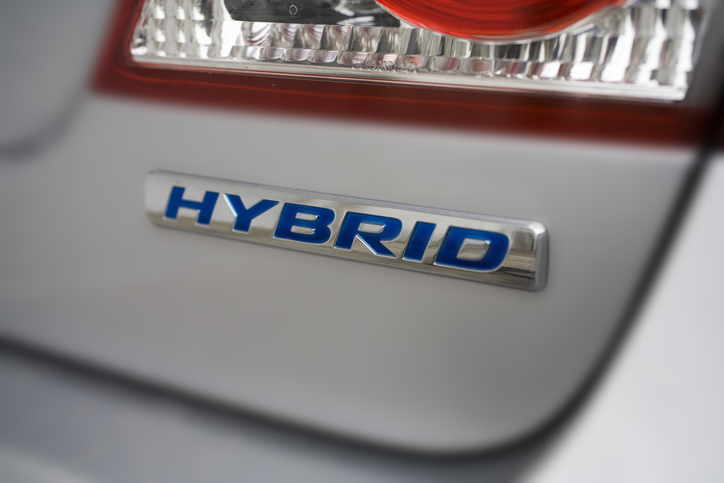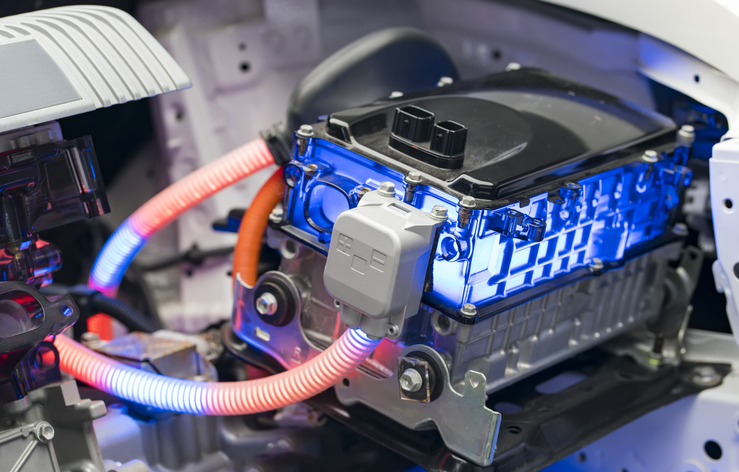It’s no secret that there are some major differences between hybrid and gas-powered vehicles. While gas-powered vehicles obtain their power solely from an internal combustion engine, hybrid vehicles run on both an internal combustion engine and an electric motor. This electric motor obtains energy from a battery, which is charged both by the internal combustion engine and regenerative braking. While hybrid vehicles boast improved fuel economy and good performance, the fact that they’re equipped with both an electric motor and internal combustion engine makes working on them a bit different.
If you’re seeking a career as an auto body technician, there are a few different measures you’ll want to take to ensure your safety while servicing hybrid vehicles. Below, explore some key things to remember about safely working with hybrid vehicles.
Maintaining Hybrid Vehicles for Safety: What Every Auto Body Technician Should Know
When it comes to safety practices surrounding hybrid vehicles, it’s helpful to first have an understanding of what the regular maintenance of hybrid vehicles involves. As an auto body technician, you’ll be servicing hybrid vehicles in order to maintain their performance and safety. Hybrid vehicles require routine maintenance for a few different components. Both the engine and battery of a hybrid vehicle should be serviced regularly in order to ensure that they’re working properly. While hybrid engines are less prone to wear and tear, due to the energy supplemented by the battery, they still require maintenance such as oil changes in order to continue functioning safely and efficiently. Additionally, a hybrid vehicle’s battery, as well as the thermal cooling system which keeps the battery from overheating, should be monitored for signs of wear, and may require occasional replacement.

The Safety Risks of Servicing Hybrid Vehicles Explained
After becoming an auto body technician, it’s important to be cautious when servicing hybrid vehicles due to the voltage and amperage which power them. If these high-voltage circuits and components are touched, there’s a risk of electric shock. Additionally, maintaining a hybrid vehicle’s battery comes with its own set of safety risks, as the battery packs contain explosive gases and other toxic liquids. If these batteries are handled incorrectly, leaks may occur, putting technicians at risk. While these safety risks are associated with hybrid vehicles, when equipped with the proper knowledge, working on hybrid vehicles can be completely safe. Below, learn how to reduce risks on the job.

Reducing Risks When Working with Hybrid Vehicles
Before servicing any hybrid vehicle, it’s important to ensure that the engine is completely off, as working on a running hybrid can result in an electric shock. Manufacturers design hybrid vehicles to have insulated high-voltage lines, making it difficult to accidentally touch a component which could carry an electric shock, but it’s important to disconnect a hybrid vehicle’s battery before beginning any electrical or repair work. It’s also important to wait for about ten minutes to begin working on the vehicle after disconnecting the battery, in order to give the different components time to discharge. When handling high-voltage components of any kind, Class O heavy-duty gloves should be worn. Additionally, be careful not to cut into cables which carry the high-voltage circuits. In most hybrids, these cables are identifiable by the bright orange casing in which they are concealed. concealed in a bright orange casing. When these safety measures are taken, you’ll be able to reduce your risk of injury while servicing hybrids throughout your career.
Ready to become an auto body repair technician?
Start training for a career with a program at ATC Surrey today!



